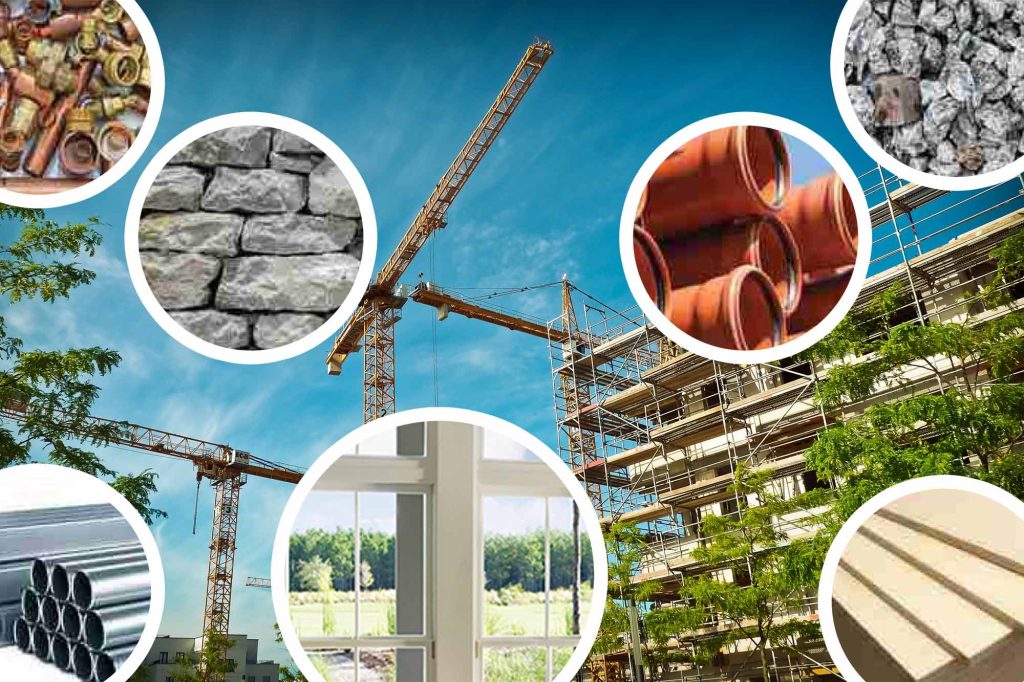Sustainable construction refers to an effort to reduce the environmental impact. Additionally, they offer benefits in terms of durability and efficiency in energy use.
Recycling or reusing materials is another important element in sustainable construction. It includes the reuse of materials including paper, wood and steel. Additionally, the process involves using renewable sources of energy like geothermal and solar panels.
Environmental Protection
Construction is a major consumer of raw materials and creates lots of waste. With an aim to reduce the industry’s environmental impact, sustainable building methods and practices are being developed. One approach to accomplish this is recycling and using renewable resources.
One of the most sought-after environmentally friendly construction material is called the ferrock. It’s a product composed of waste materials such as glass dust, steel and other materials. The material is also well-known because of its capacity to cut down CO2 emissions. This has a positive impact on the environment. Bamboo is another sustainable material as it is extremely sturdy and has the potential to be utilized in both decorative and structural purpose. Bamboo is easily available throughout the world and is a breeze to handle.
A green alternative is green charcoal bio-brick, which is made from carbon, soil organic luffa, and soil. It assists in cooling the temperature of buildings and also improves air quality. These materials reduce energy consumption and reduce noise nuisances.

Benefits
Green building materials provide a variety of advantages. These green building products not only reduce carbon emissions from the building, but also lessen the expense of operations as well as maintenance. What’s more, they’re able to be used with no having to compromise on performance or quality.
Sustainable construction is also an effective way of helping the environment by decreasing waste. Most eco-friendly building products are made from reused or salvaged materials, permitting them to be separated and reused. This reduces the need for a new source of raw material as well as reduces the amount of landfill waste.
The most well-known eco-friendly building materials include bamboo, straw bales and reclaimed timber. Others like ferrock, that is made of recycled steel, as well as green charcoal bio-bricks which come from sewage sludge ash and charcoal, are getting more and more sought-after in the same way. These materials are easy to access and affordable. They also need less care and do not contain harmful chemicals.
Applications
Eco-friendly building materials help to protect the Earth as they reduce carbon emissions in buildings. They are stronger, lighter and efficient than the traditional ones. They also look attractive and aid in pushing current construction practices toward a sustainable the future.
Sustainability of construction materials are measured by the entire life-cycle of that material, including the process of extraction, production as well as its use, and then disposal cat san lap. This is inclusive of transportation and energy cost.
Many eco-friendly construction materials are made locally, or sourced locally using less energy in transport and processing. Many are safe and, in some cases, moisture resistant. Sheep’s hair is a wonderful and extremely efficient insulation material that uses minimal energy when compared to synthetic materials.
Rammed earth, a type that is made of a mix of straw, soil as well as sand, is a different ecologically friendly substance that is often utilized in the construction of building. The ancient technique of building has recently been rediscovered in environmentally sustainable building. Recycled wood and reclaimed steel can also be used as eco-friendly building material.
Future Trends
Green materials are a great method to limit the impact on the environment of the construction industry. The materials are also durable and efficient.
Professionals in construction are now focusing in environmentally conscious construction practices. This can help them to save money as well as meet customer demand for eco-friendly homes.
Green building materials are growing quickly and is predicted to grow within the next few years. The rising environmental pressures, the access to sustainable finance, recent regulations and increased demands for more energy efficient buildings drive interest in green construction.
Innovations in technology make it simpler for contractors to integrate sustainable building materials into projects. 3D printing is one of the ways to develop sustainable materials that are free of the risks of human error. The process uses recycled material to eliminate production waste. Some other sustainable building materials are recycled steel, reclaimed wood and even reclaimed metal. They are also resistant against natural hazards like floods and earthquakes.

